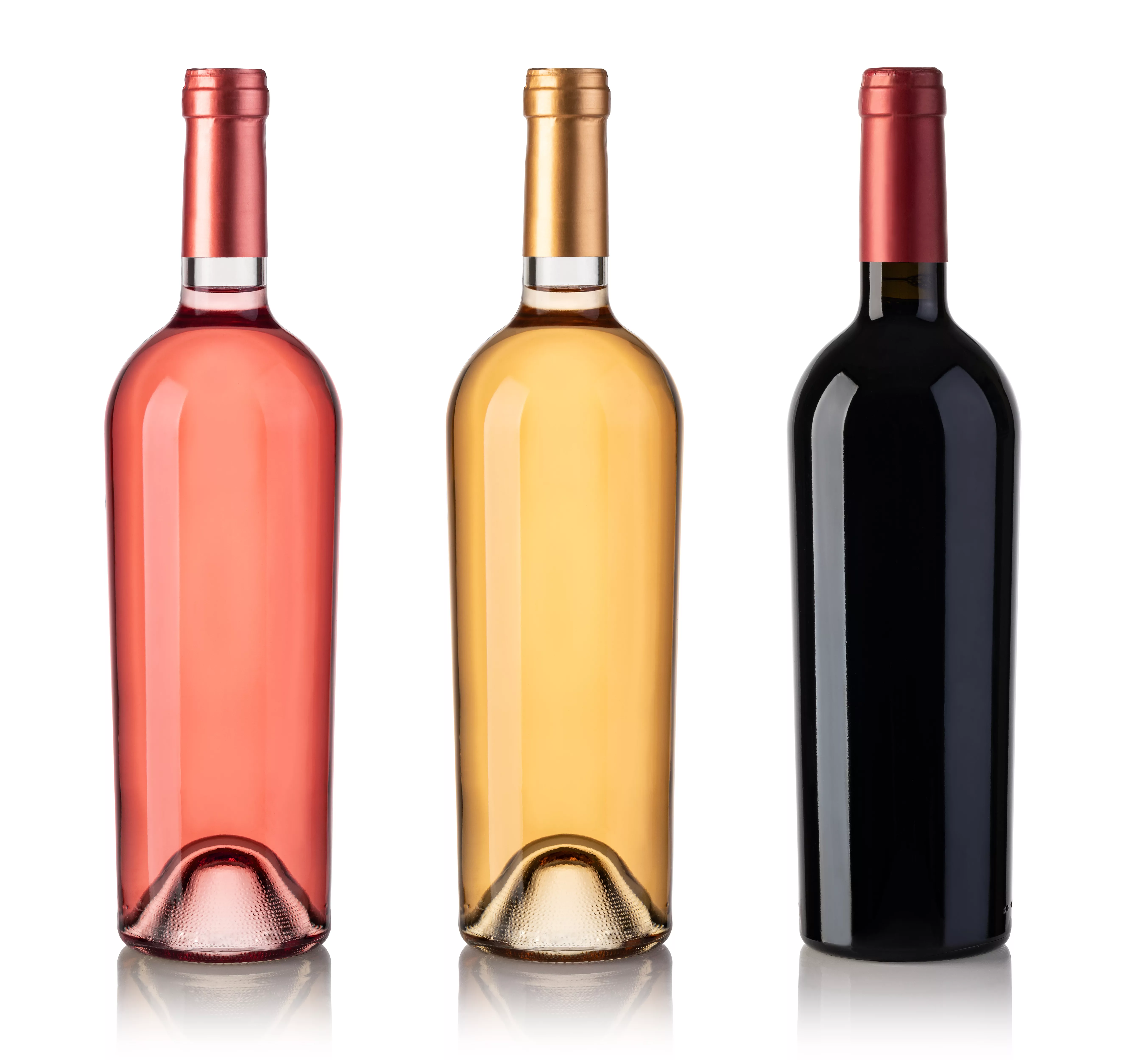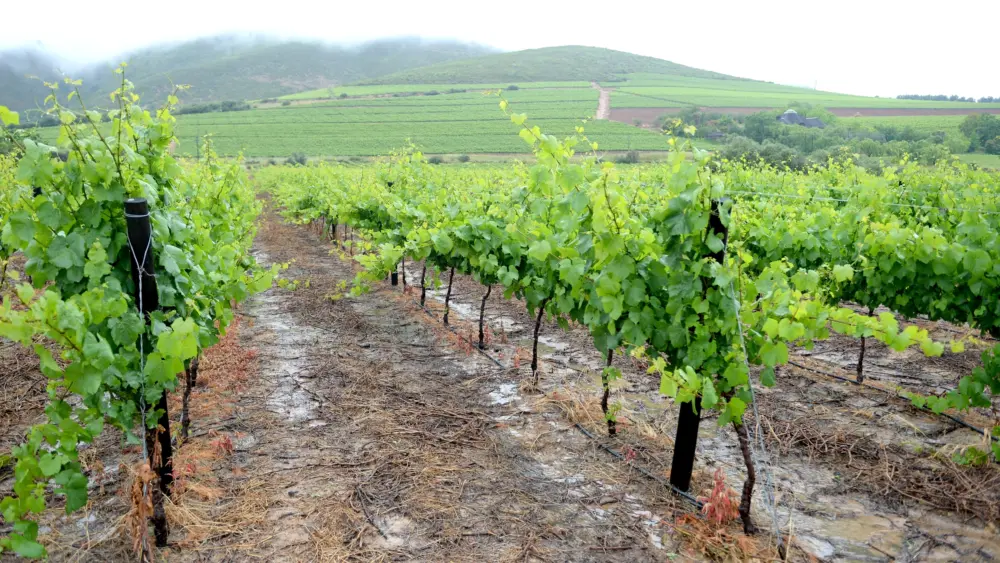
Over the last few decades some wine producers have been using heavy glass as a proxy for high quality, but this trend has come at a significant cost. Today efforts to reduce a business’s carbon footprint to help combat climate change and the desire to decrease the cost of supply chains are causing many in the wine industry to rethink their use of heavy wine bottles.
According to a study by the Wine Institute in California, the manufacturing and transportation of these glass bottles account for an astounding 29% of the wine industry’s total carbon footprint. In some studies, this figure rises to nearly 50%. This significant environmental impact necessitates a shift to more sustainable alternatives.
If you have ever had the pleasure of handling a truly ancient wine bottle or even one from the 1970s, you were likely surprised to find that the bottle was exceptionally light, maybe even delicate. Back then some of the bottles weighed less than a pound, but some bottles today top out at nearly 3 pounds. Try to pick up one of those cases of wine, let alone ship it around the country or the world.
Now eco-friendly and cost-efficient lightweight alternatives offer an innovative solution. These new-age bottles, which are approximately 20% to 25% lighter than traditional ones, provide substantial environmental and economic benefits. There is also growing interest in purchasing locally produced bottles to save on the impacts of shipping as well as a push to increase the amount of recycled glass used in the production of each bottle. However, given that Americans recycle less glass than many other countries (30% versus more than 70% in Europe, for example), there is still a long way to go before 100% American-made wine bottles made from recycled glass are common.
The savings from reduced material consumption and decreased transportation costs can translate into considerable financial benefits for wineries. In a case study, Paso Robles-based Tablas Creek Vineyard reported savings of over $2 million since its transition to lightweight bottles in 2010, with more than half of that resulting from lower shipping costs.
Beyond the reduction of costs associated with local production and using more recycled glass, less energy and fewer raw materials are consumed, leading to a significant reduction in carbon emissions. Lighter, more local bottles require less energy to transport, further decreasing a winery’s carbon footprint. Additionally, the use of lightweight bottles results in less waste generation, which minimizes the industry’s overall environmental impact.
Despite the clear benefits, the transition to lightweight wine bottles is not without its hurdles. One concern involves potential compromise in bottle integrity due to thinner glass. However, continuous advancements in manufacturing techniques promise to mitigate this risk, ensuring the preservation of wine quality.
The husband-and-wife team of Kia Behnia and Tracy Borman from Neotempo Wines in Napa has taken matters into their own hands and developed their own glass bottle. Their bottle is round at the bottom, like a traditional bottle, but shaped like a hexagon at the shoulder, which they say increases its strength. They have partnered with a company in Spain to start making the bottles. Other operations are also exploring and innovating, so expect more options in the future.
Beyond the physical challenges of transitioning to lighter glass, many consumers associate heavier bottles with higher-quality wine. Overcoming this stigma will require extensive consumer education about the environmental implications of the wine industry and the significance of the shift to lighter bottles. Research suggests that consumers’ attitudes toward lighter bottles improve substantially once they understand the positive environmental impact.
As with many industries, climate change mitigation, environmental stewardship and reducing supply-chain costs are becoming paramount concerns in the wine industry. Lightweight wine bottles can play a pivotal role in this transformation, providing numerous environmental and cost benefits. While challenges exist, the industry is making steady progress and paving the way for a greener future. The introduction of more lightweight wine-bottle options marks a critical step toward a more sustainable wine industry, reflecting the global shift toward more responsible and sustainable practices. As consumers and wineries learn to embrace this eco-friendly, cost-beneficial alternative, the wine industry can take the lead in strengthening its businesses as they become leaders in environmental stewardship.
Author
-

Tim Carl lives, writes and teaches in Calistoga. He grew up in St. Helena and traces his Calistoga grape-growing roots back five generations. You can reach him at tcarl@northbaybiz.com.
View all posts



